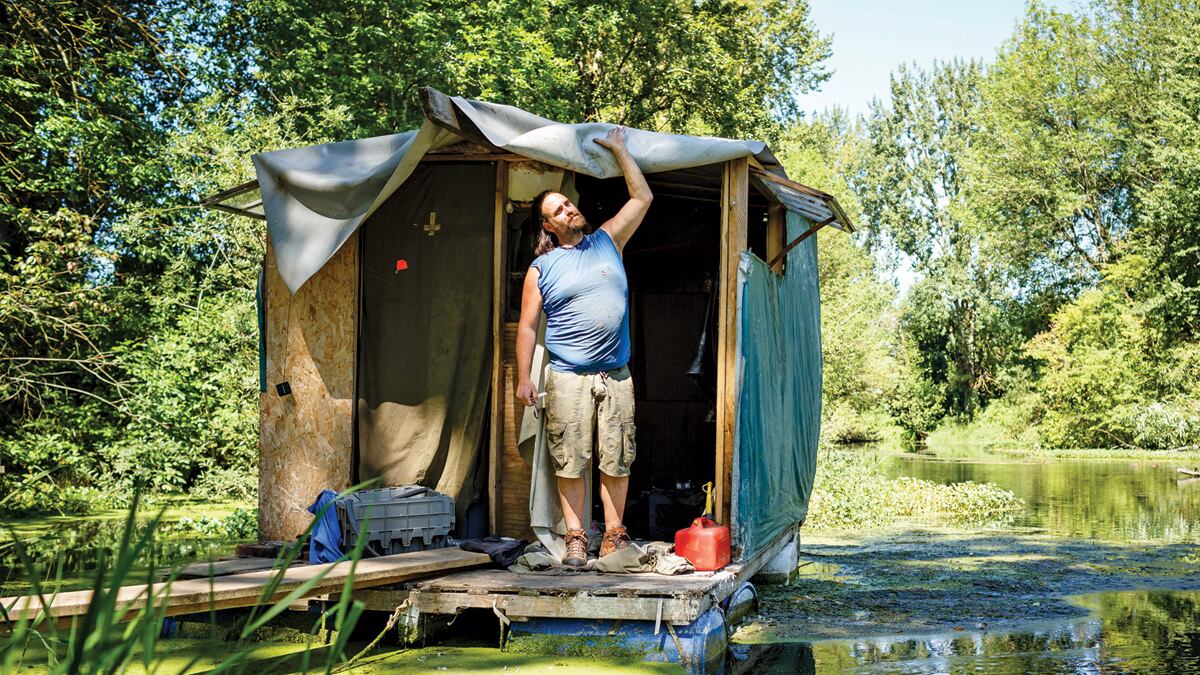Every two years, on one night in January, volunteers and government workers fan out across the country to do what's called the "point-in-time" homeless count. The U.S. Department of Housing and Urban Development requires the count and establishes rules for how it should be conducted.
Since October, 40-year-old Ryan Deibert, who works for the city of Portland and Multnomah County's Joint Office of Homeless Services, has been preparing for this year's effort, which is set to take place Jan. 25.
Deibert has done four previous tallies, including one in 2015, when Multnomah County counted 3,801 people who met the federal definition of homeless—872 were in emergency shelters, 1,042 in transitional housing and 1,887 "unsheltered." That total was little changed from 2013. Here's what Deibert says about the count, results of which are to be published by May.

It's a big job: Hundreds of volunteers from more than 20 organizations take to the streets, clipboards in hand.
Outreach workers know many places where the homeless sleep, but finding them all requires some detective work. "One of our first challenges is trying to identify all the places where people are camping," Deibert says.
Workers here try to contact every person, rather than estimating.
Multnomah County is compact and relatively flat so this is easier to do than in many counties with large populations. The volunteers divide the county into grids and reach out to people in camps, in soup kitchens and on the street. "We also ask multiple times in multiple sites," Deibert says.
The volunteers record basic information to avoid duplication.
To preserve privacy, counters write down a homeless person's first initial, first three letters of the last name, and age. They also ask people how long they've been homeless, and record the number of people who refuse to cooperate. "We get some pushback, but we rely heavily on outreach workers who already have relationships with people who are homeless," Deibert says.
The one-night count actually continues for a week.
Outreach workers will ask people where they slept on the night of Jan. 25 to capture any they missed on the night designated for the count. "We know we don't reach everybody that night," Deibert says. "We know it's an undercount."
Counties must participate in HUD's process or lose out on federal funding.
There's no reward, however, for finding extra people. "The count's required, but it has nothing to do with how many resources we get," Deibert says.

